Z.B. Maksić and W.J. Orville-Thomas (Eds.)9780444825087, 0444825088
Table of contents :
Content:
Preface
Page v
Z.B. Maksić, W.J. Orville-Thomas
Prologue: The chemical bond on the eve of the 21st century Original Research Article
Pages xix-xxii
Zvonimir B. Maksić, W.J. Orville-Thomas
Theoretical treatise on molecular structure and geometry Original Research Article
Pages 1-20
Jerzy Cioslowski
Beyond the born-oppenheimer approximation Original Research Article
Pages 21-46
D.B. Kinghorn, L. Adamowicz
The mills-nixon effect: Fallacies, facts and chemical relevance Original Research Article
Pages 47-101
Zvonimir B. Maksić, Mirjana Eckert-Maksić, Otilia Mó, Manuel Yáñez
Predicting structures of compounds in the solid state by the global optimisation approach Original Research Article
Pages 103-127
J.C. Schön, M. Jansen
Polarizability and hyperpolarizability of atoms and ions Original Research Article
Pages 129-146
David M. Bishop
Molecular polarizabilities and magnetizabilities Original Research Article
Pages 147-188
Pl Dahle, Kenneth Ruud, Trygve Helgaker, Peter R. Taylor
The concept of electronegativity of atoms in molecules Original Research Article
Pages 189-212
Juergen Hinze
On hybrid orbitals in momentum space Original Research Article
Pages 213-229
B. James Clark, Hartmut L. Schmider, Vedene H. Smith Jr.
Theory as a viable partner for experiment—The quest for trivalent silylium ions in solution Original Research Article
Pages 231-301
Carl-Henrik Ottosson, Elfi Kraka, Dieter Cremer
Bond energies, enthalpies of formation, and homologies: the energetics of aliphatic and alicyclic hydrocarbons and some of their derivatives Original Research Article
Pages 303-320
Suzanne W. Slayden, Joel F. Liebman
Stabilization and destabilization energies of distorted amides Original Research Article
Pages 321-346
Arthur Greenberg, David T. Moore
Some chemical and structural factors related to the metastabilities of energetic compounds Original Research Article
Pages 347-363
Peter Politzer, Jane S. Murray
Valence bond theory a re-examination of concepts and methodology Original Research Article
Pages 365-401
Roy McWeeny
Advances in many-body valence-bond theory Original Research Article
Pages 403-421
D.J. Klein
Ab Intio Valence bond description of diatomic dications Original Research Article
Pages 423-448
Horold Basch, Pinchas Aped, Shmaryahu Hoz, Moshe Goldberg
One-electron and three-electron chemical bonding, and increased-valence structures Original Research Article
Pages 449-480
Richard D. Harcourt
Valence bond description of π-electron systems Original Research Article
Pages 481-501
J. Paldus, X. Li
The spin-coupled description of aromatic, antiaromatic and nonaromatic systems Original Research Article
Pages 503-518
David L. Cooper, Joseph Gerratt, Mario Raimondi
Aromaticity and its chemical manifestations Original Research Article
Pages 519-536
Kenneth B. Wiberg
Hypercoordinate bonding to main group elements: the spin-coupled point of view Original Research Article
Pages 537-553
David L. Cooper, Joseph Gerratt, Mario Raimondi
The electronic structure of transition metal compounds Original Research Article
Pages 555-570
G. Frenking, C. Boehme, U. Pidun
Fundamental features of hydrogen bonds Original Research Article
Pages 571-591
Steve Scheiner
Molecular similarity and host-guest interactions Original Research Article
Pages 593-612
Paul G. Mezey
Chemical bonding in proteins and other macromolecules Original Research Article
Pages 613-636
Paul G. Mezey
Models for understanding and predicting protein structure Original Research Article
Pages 637-653
Dale F. Mierke
Possible sources of error in the computer simulation of protein structures and interactions Original Research Article
Pages 655-663
J.M. Garcia de la Vega, J.M.R. Parker, S. Fraga
The nature of Van der Waals bond Original Research Article
Pages 665-699
Grzegorz Chaŀasiński, Malgorzata. M. Szczęśniak, Sŀawomir M. Cybulski
The nature of the chemical bond in metals, alloys, and intermetallic compounds according to Linus Pauling Original Research Article
Pages 701-748
Zelek S. Herman
Epilogue: Linus Pauling, quintessential chemist
Pages 749-754
Dudley Herschbach
Index
Pages 755-760
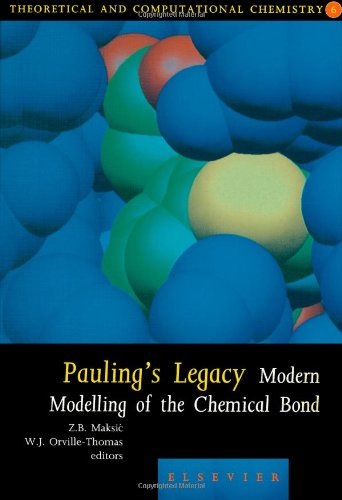
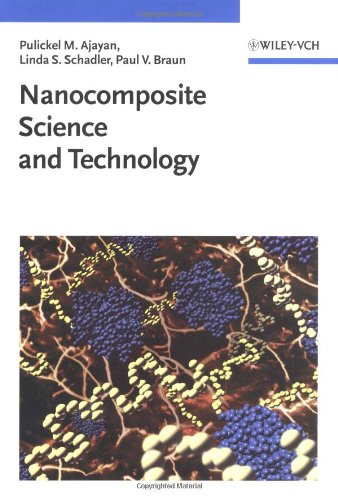
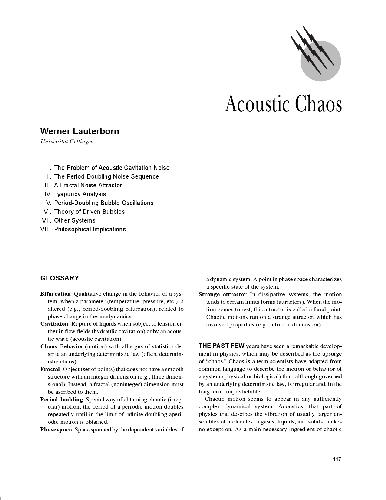
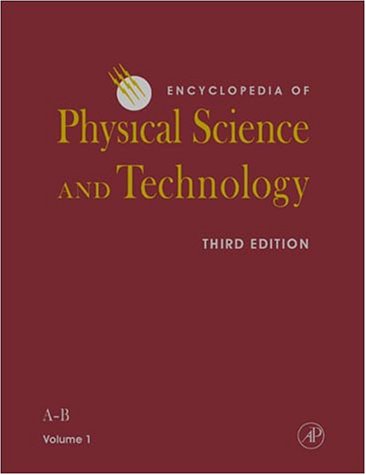

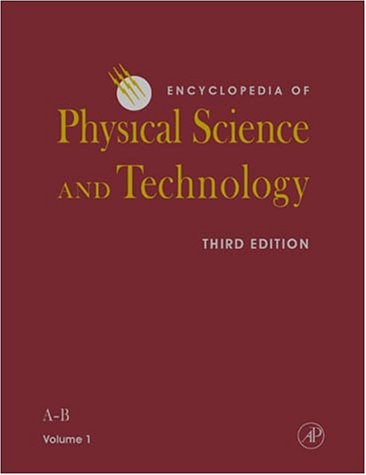
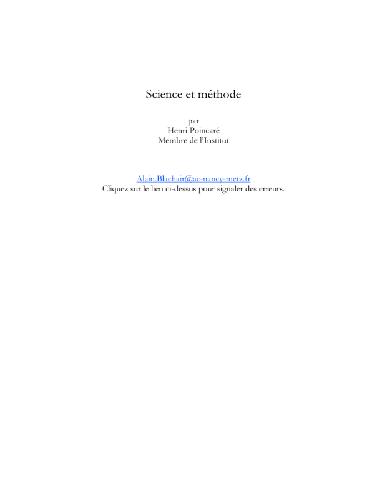
Reviews
There are no reviews yet.